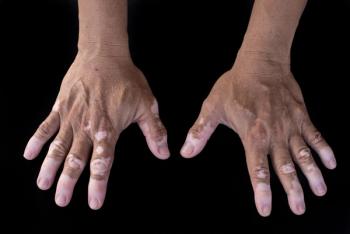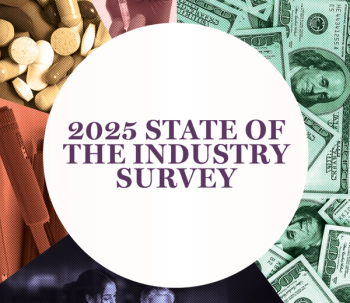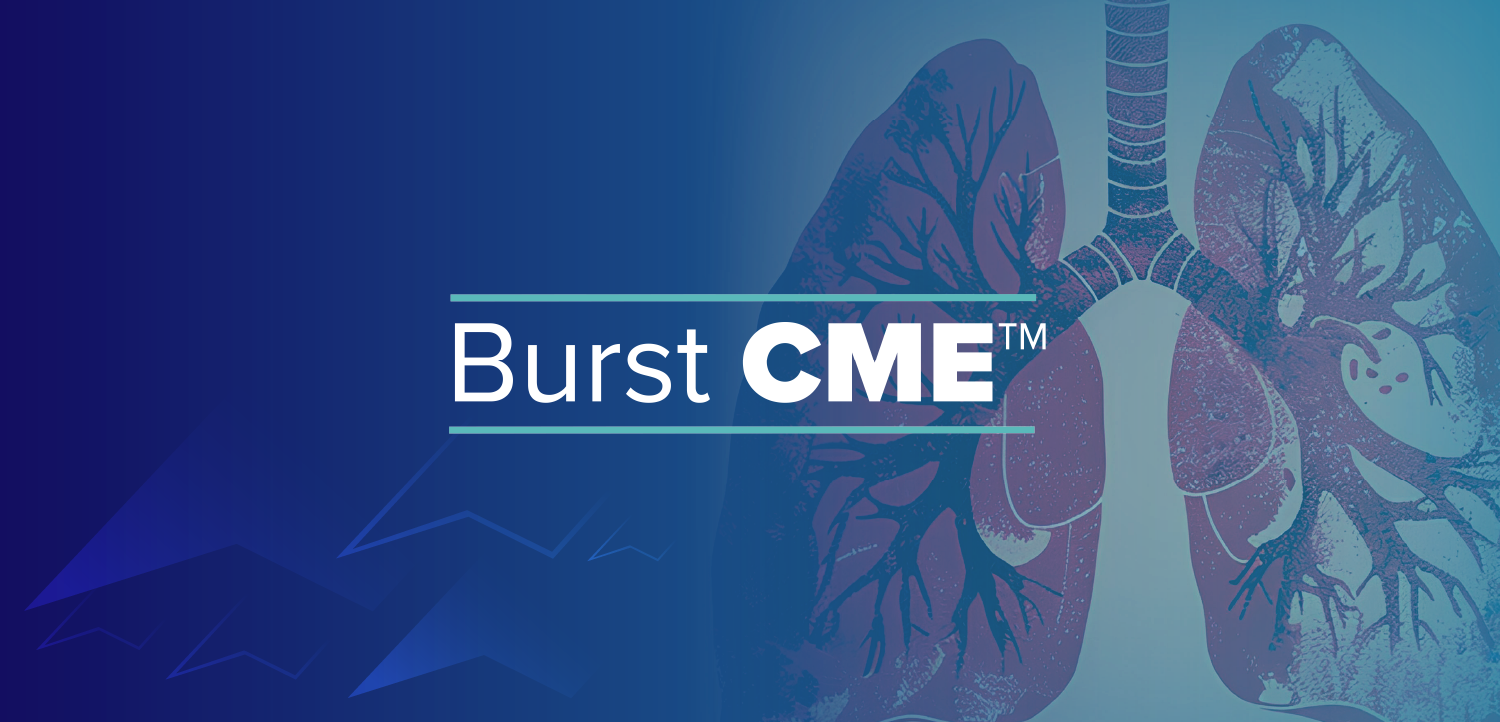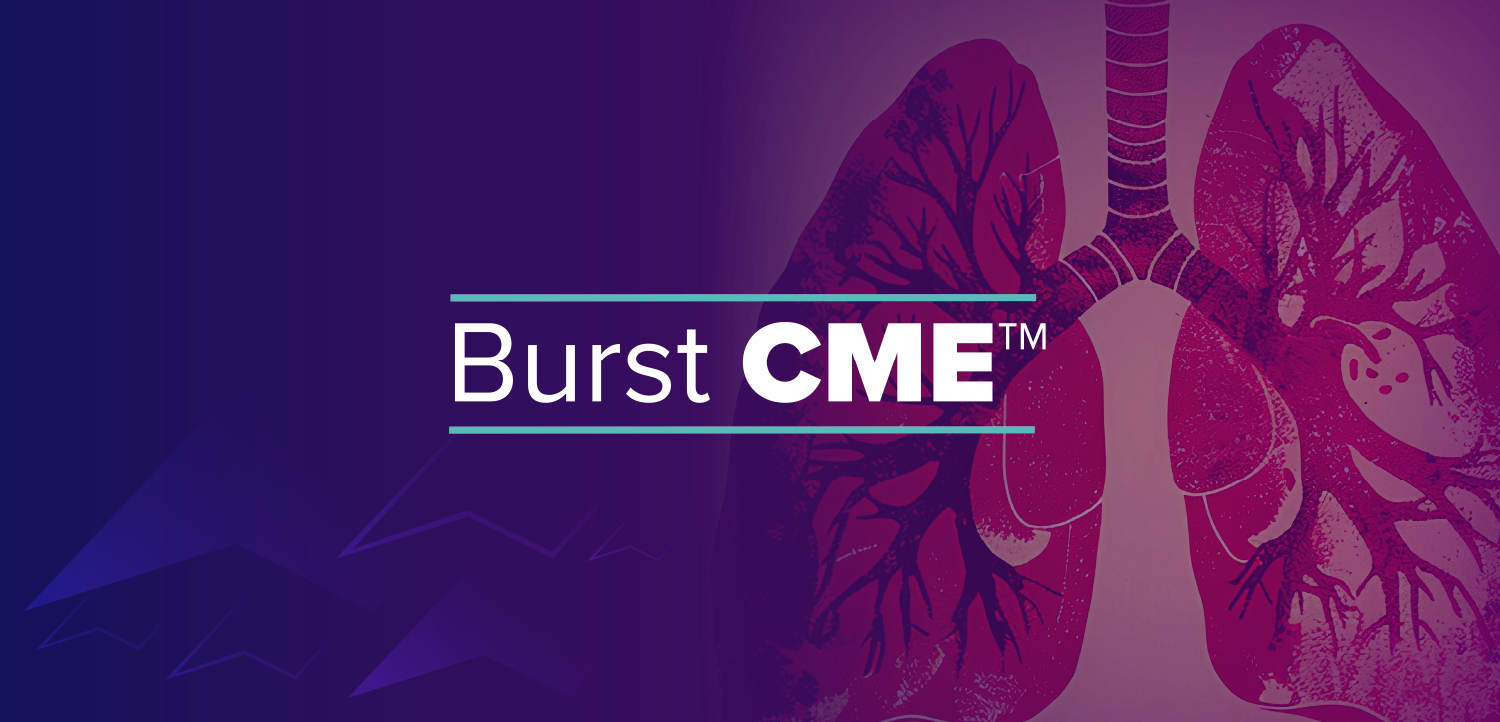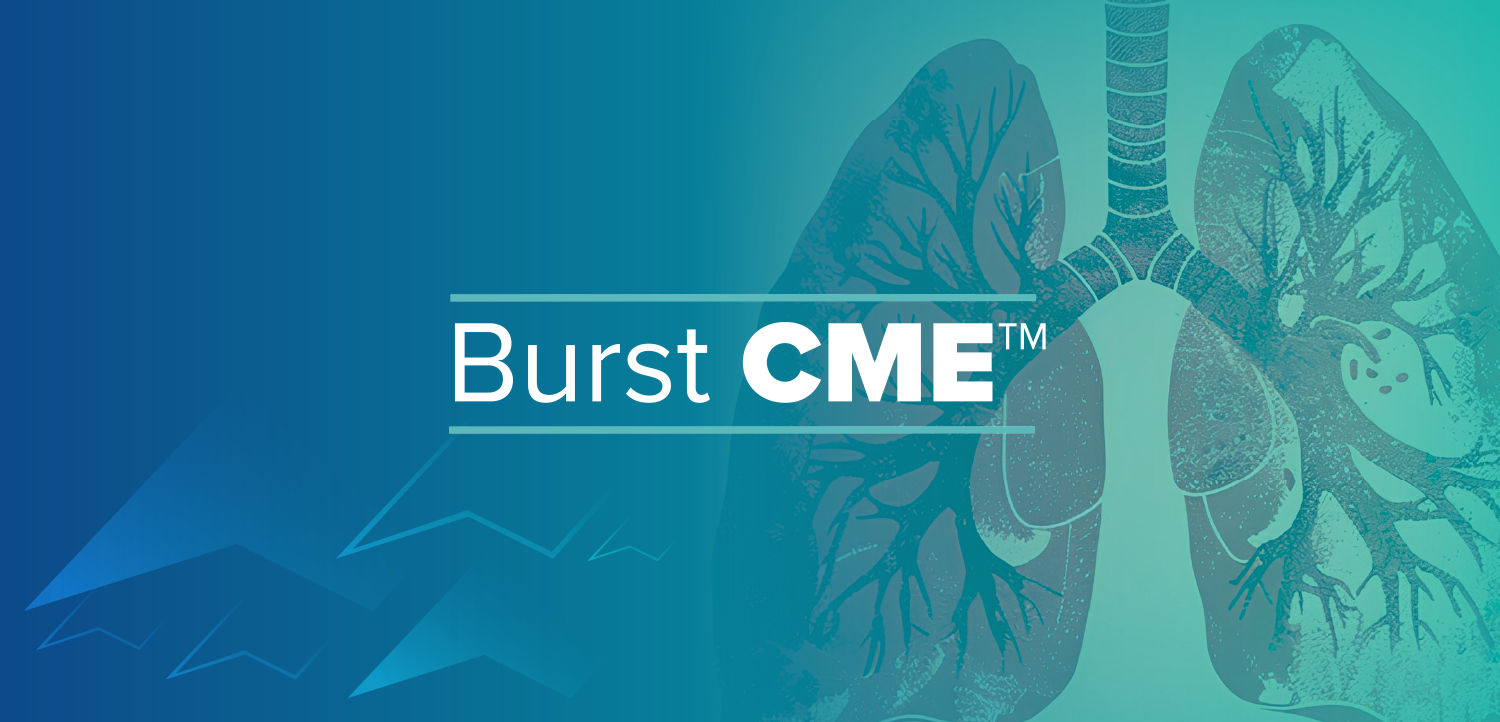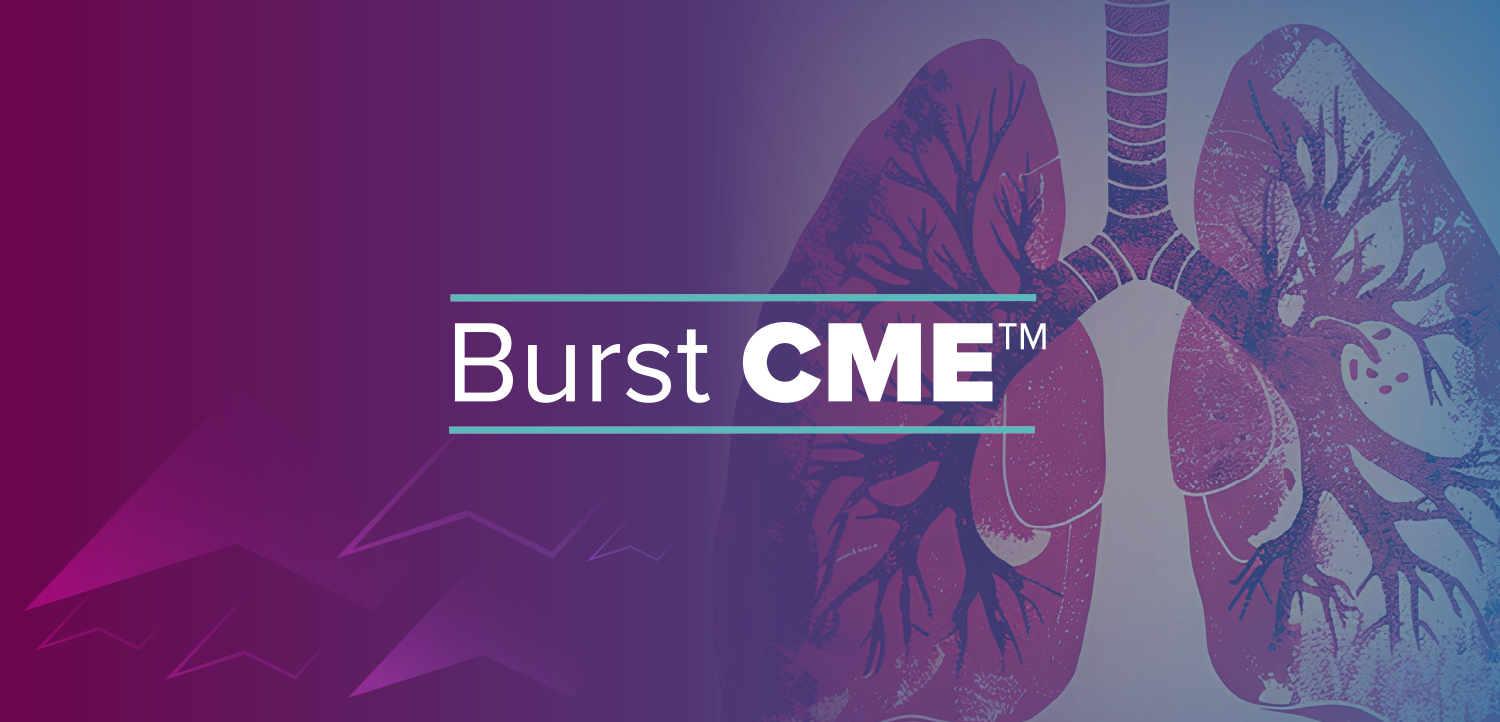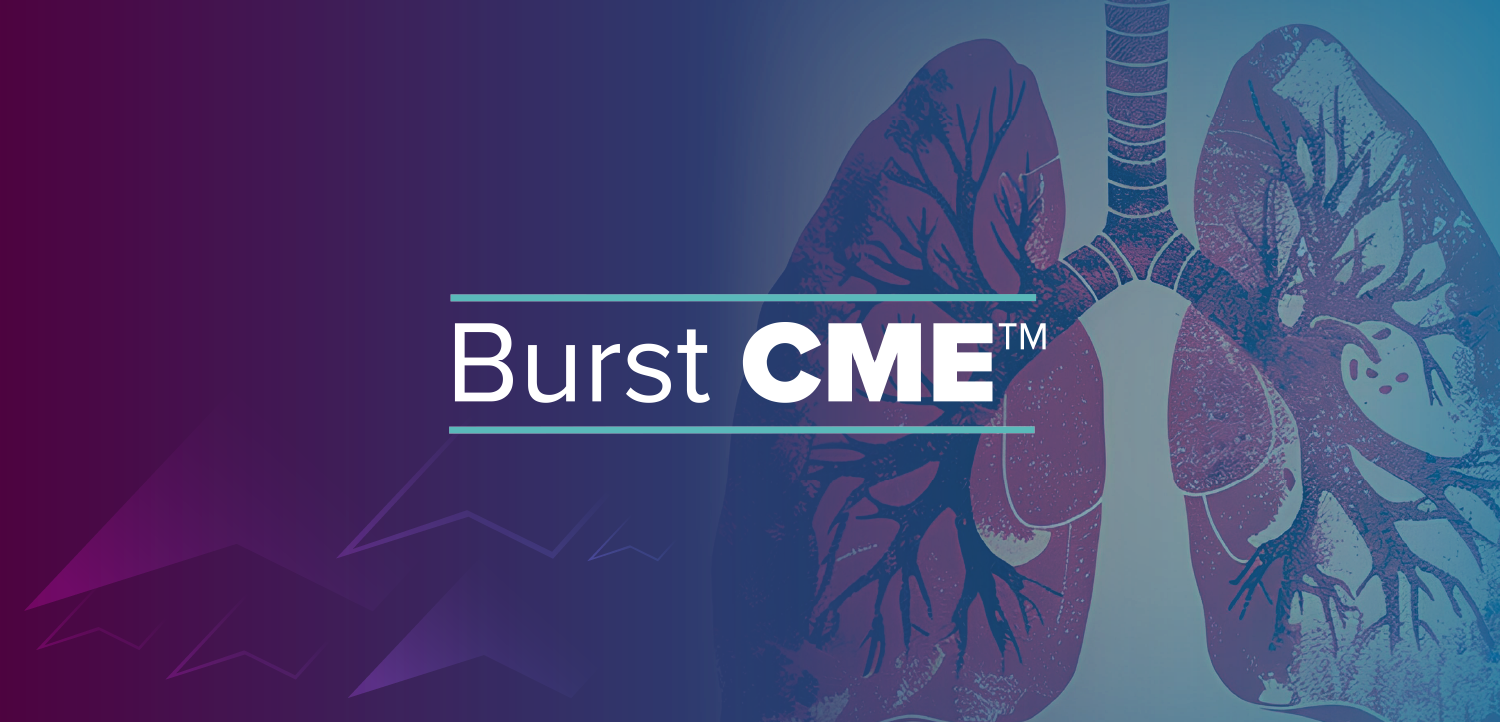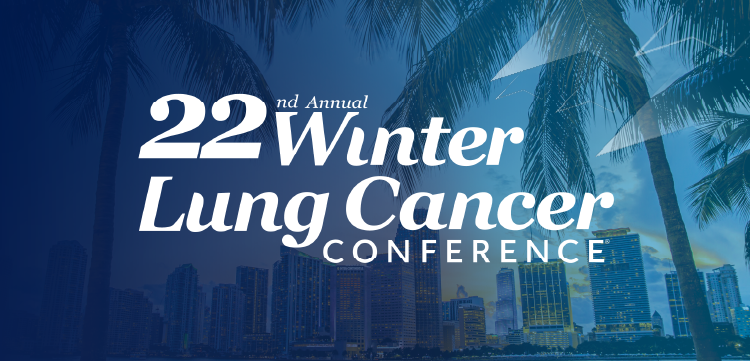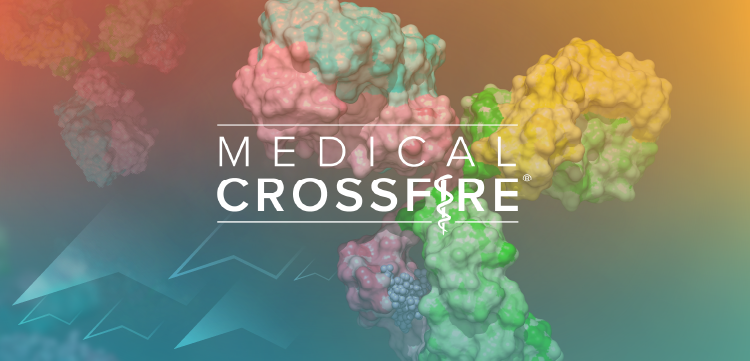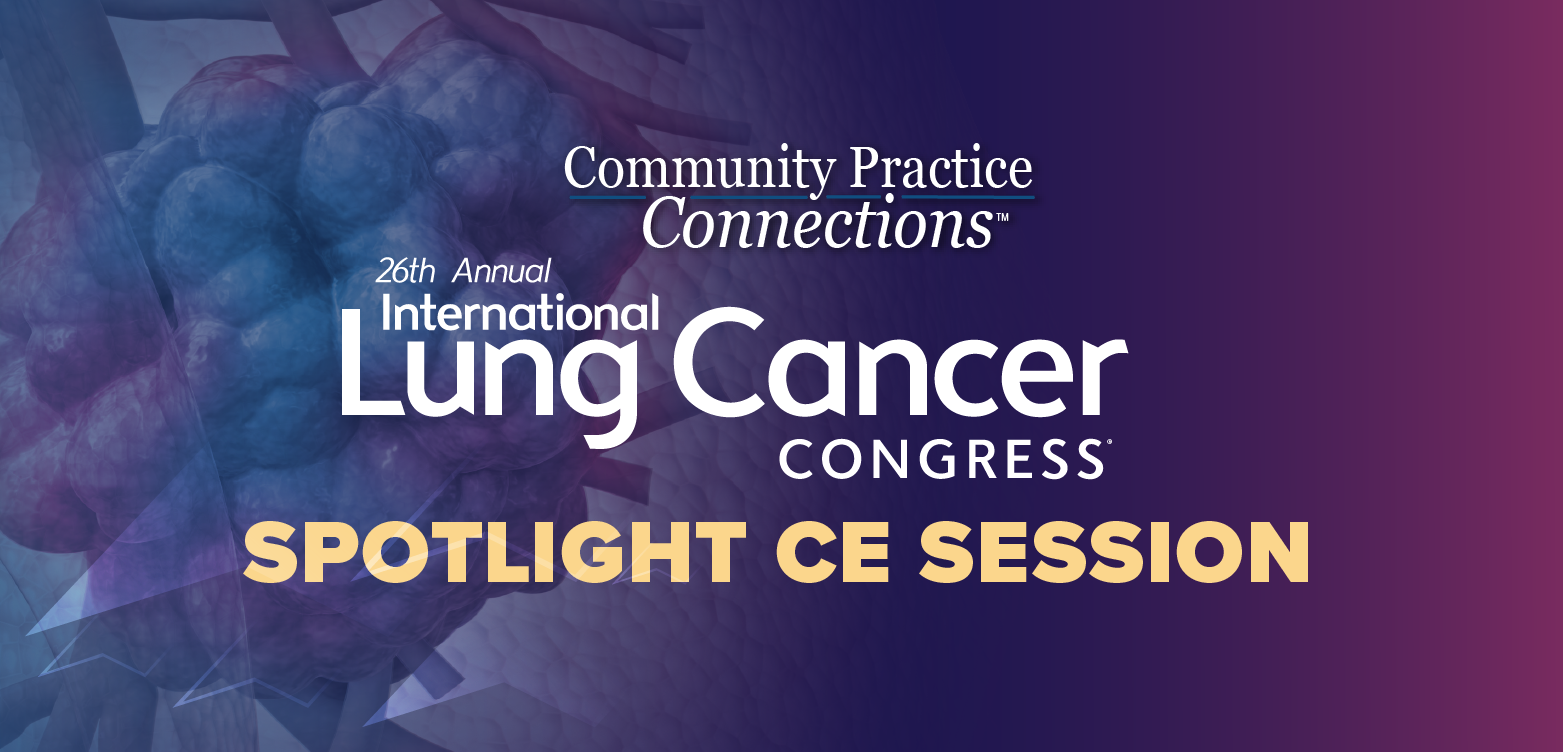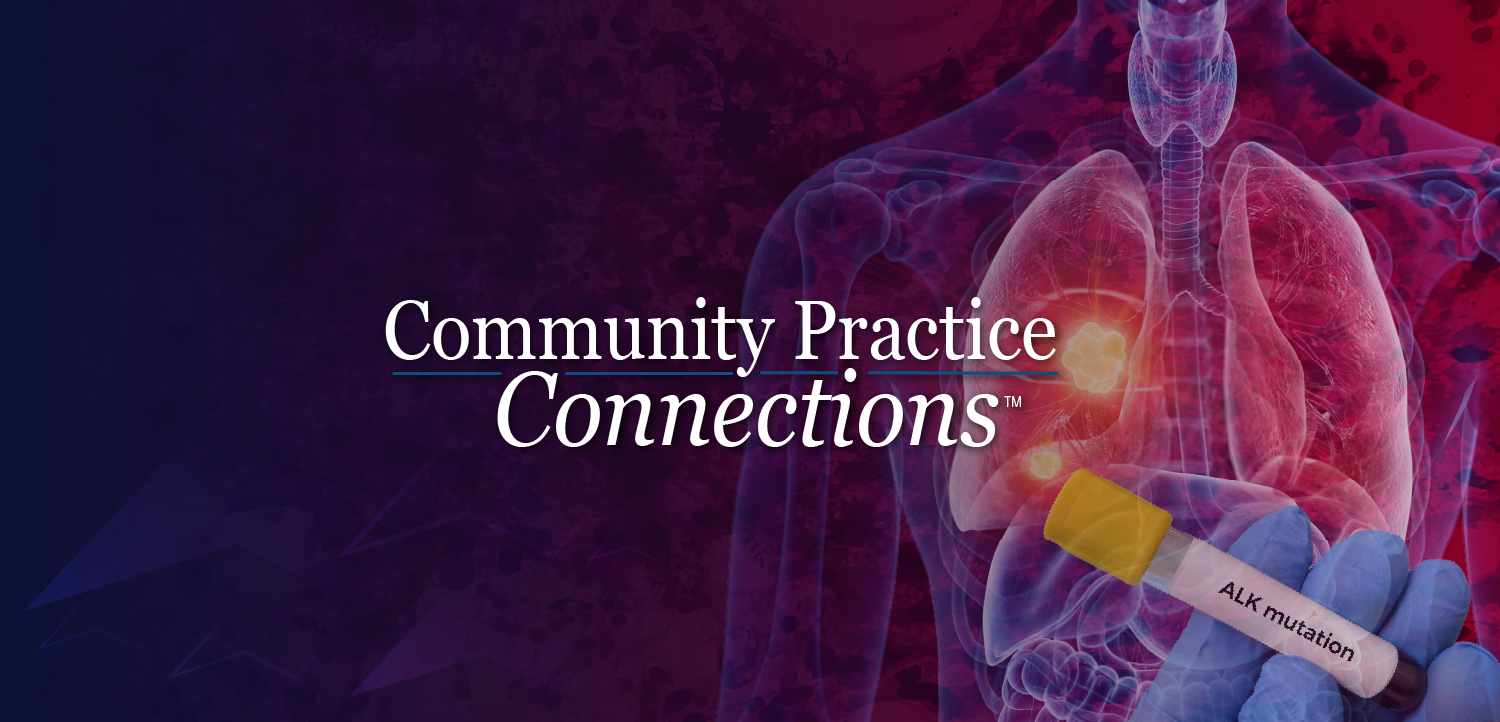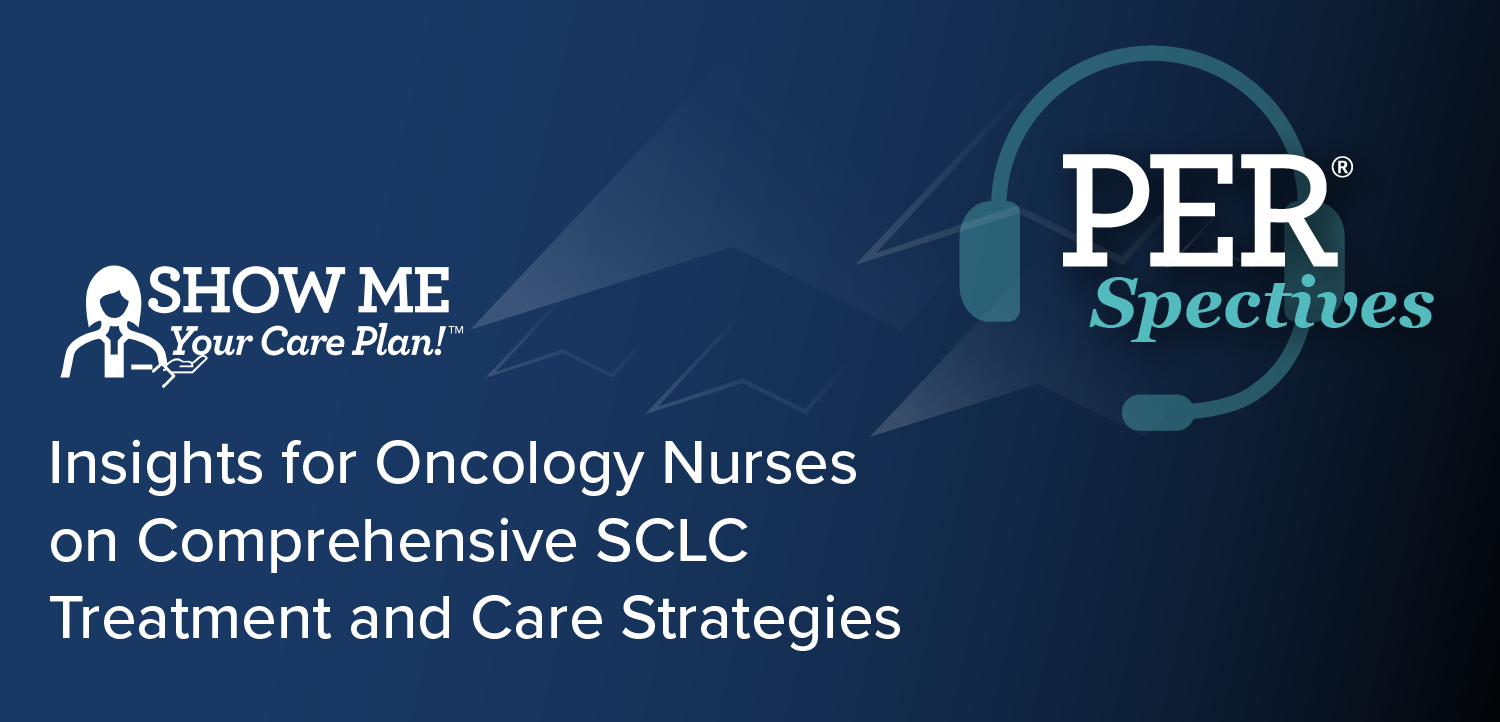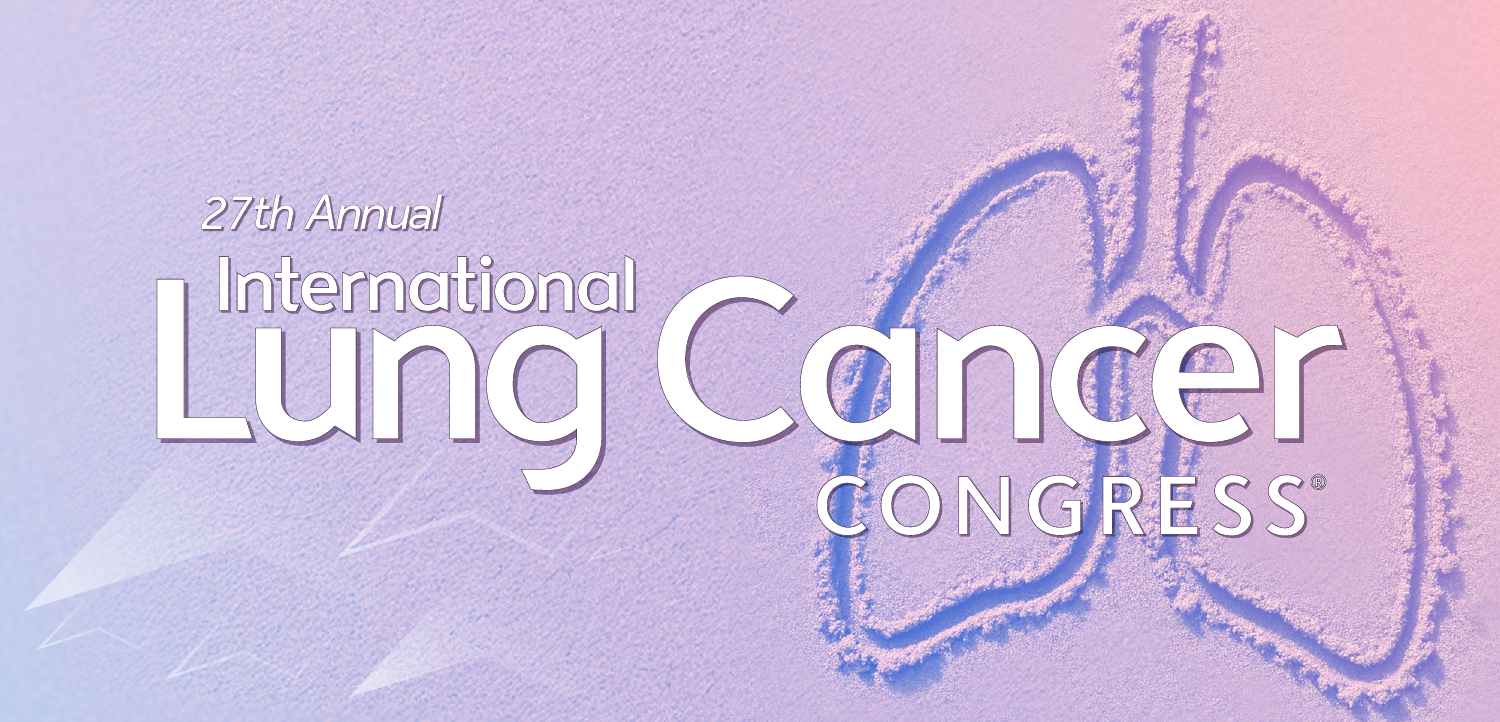
New data examines sustained glycemic control with exenatide once weekly vs. insulin glargine
Post-hoc analysis found that, despite continued titration with insulin glargine, more diabetes patients achieved sustained glycemic control with exenatide once-weekly, according to data presented at the Annual Meeting of the European Association for the Study of Diabetes (EASD) in Vienna, Austria.
Post-hoc
Three-year data from the DURATION-3 trial, sponsored by
In particular, the results showed the following:
· In the intent-to-treat patient population, 50% of the exenatide once weekly group achieved sustained glycemic control compared to 43% in the glargine group. Of those who completed 3 years, 43% and 33% respectively, achieved sustained glycemic control.
· Regardless of therapy, for every 1% elevation in baseline HbA1c (> 7%) the risk of losing glycaemic control increased by 90% (P=.0002).
· For every 10% higher baseline HOMA-B, the risk of losing glycaemic control decreased by 11% (P=.0288).
· The rate of weight change in weeks 1 through 8 was the most relevant early treatment response predictor of HbA1c control (P =.0640).
Baseline HbA1c and HOMA-B significantly impacted the odds of patients achieving sustained control.
Additionally, the results suggest the rate of weight change following treatment initiation [weeks 1 through 8] may potentially predict the probability of patients achieving longer-term sustained glycemic control in adult patients with type 2 diabetes, according to the study.
Newsletter
Get the latest industry news, event updates, and more from Managed healthcare Executive.

